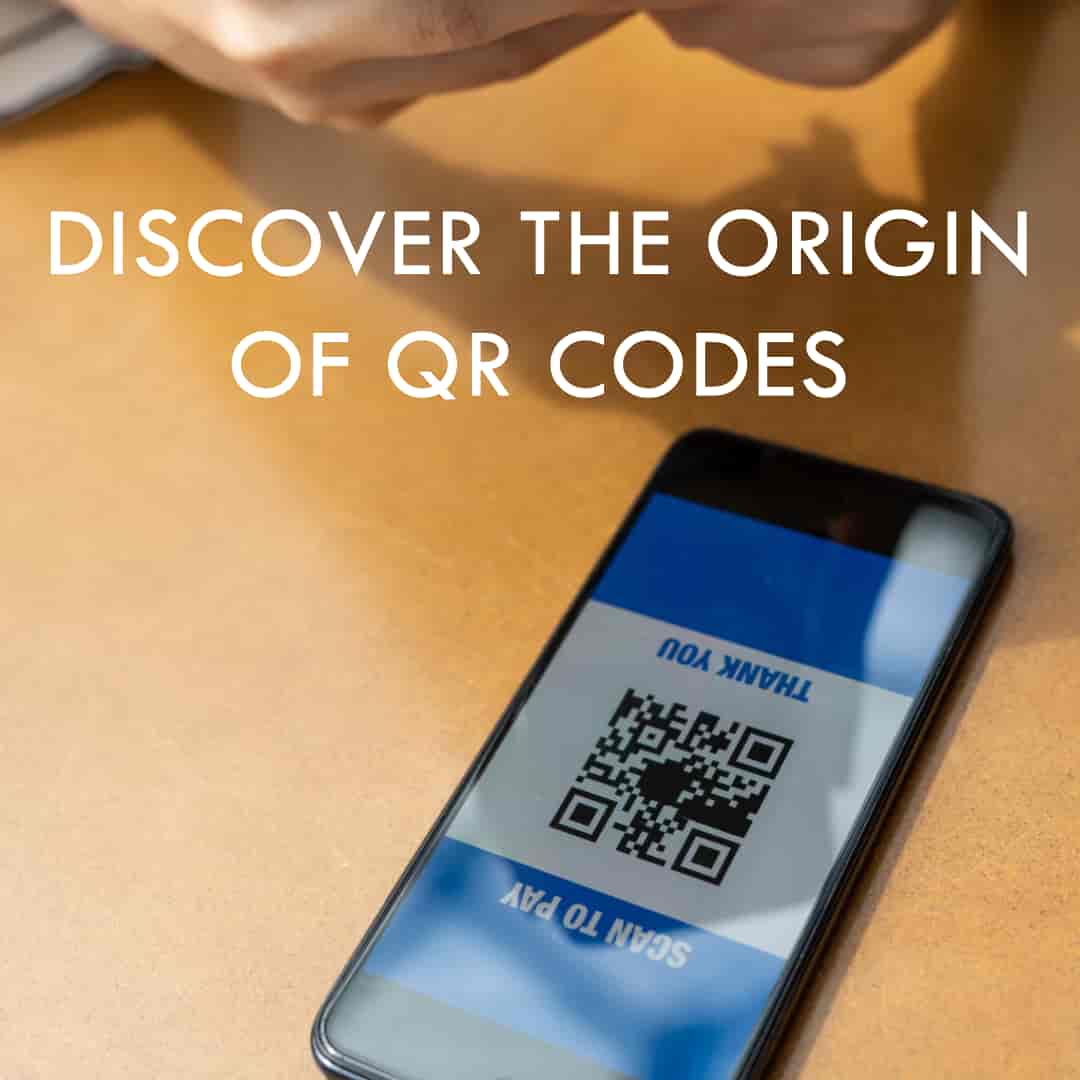The QR code, a familiar sight in our digital age, wasn't always ubiquitous in every retail store or digital campaign. This enigmatic set of black and white squares has revolutionized the way we interact with information in our day-to-day lives. But where did QR codes originally come from, and which industry were they first designed for? This article will journey through the conception, evolution, and contemporary application of this technological marvel.

The Birth of the QR Code: A Necessity for the Automotive Sector
The roots of the QR code trace back to Japan in the early 1990s. It was there that a subsidiary of Toyota, called Denso Wave, took it upon themselves to improve tracking for vehicle manufacturing. They aimed to develop a system that was more versatile than the traditional barcodes, one that could store a higher amount of information and could be scanned faster. Thus, in 1994, the QR (Quick Response) code was born.
Barcodes, which had been in use since the 1970s, offered a linear, one-dimensional reading. On the other hand, the QR code's matrix structure allowed it to store information both horizontally and vertically. This meant QR codes could store a significant amount more data, including alphanumeric characters, symbols, and even Kanji and Kana characters – a crucial feature for the Japanese market.
The automotive industry, always on the hunt for more efficient systems, immediately recognized the potential of this new code. QR codes became instrumental in tracking vehicles during the manufacturing process, ensuring the right components were used at the right stages.
The Evolution: Beyond The Assembly Line
While the QR code's initial utility was very specific, its broader potential was undeniable. A code that could be scanned in any direction (360 degrees) and could connect the physical world to the digital realm had limitless applications.
By the late 1990s and early 2000s, QR codes began making appearances outside the confines of automotive factories:
-
Retail & Marketing: Retailers and marketers saw an opportunity to engage customers in a novel way. By placing QR codes on product packaging or advertising materials, consumers could be led directly to websites, videos, or other digital content, enhancing the shopping experience. Read more about benefits of qr codes in retail.
-
Healthcare: In hospitals, QR codes became a method to access patient records quickly, ensuring timely and accurate treatment. Read more advnatages of qr codes in healthcare.
-
Real Estate: Property listings began featuring QR codes that prospective buyers could scan to view more in-depth information or virtual tours online.
-
Entertainment: Movie posters started featuring QR codes that led to trailers, while music festival tickets had QR codes linking to set lists or merchandise stores.
-
Government Initiatives: Countries like South Korea began utilizing QR codes for initiatives like tracing in public transport or checking in at public places.
The Technology Behind QR Codes
Underlying the functionality of QR codes is a combination of binary (the language of computers) and geometric patterns. Each QR code consists of:
-
Black Modules: These are set against a white background and represent the information.
-
Positioning Marks: Found in three of the QR code's corners, they help scanners determine the code's orientation.
-
Alignment Symbols: Assists in maintaining the structure of the QR, especially in larger codes.
The beauty of the QR system is its fault tolerance. Even if a QR code gets partly damaged, the information remains intact because of error correction algorithms embedded in its design.
QR Codes Today
The 2010s saw the rise of smartphones, and with it, the renaissance of QR codes. Today, from digital payments to virtual restaurant menus and even augmented reality experiences, QR codes are everywhere.
The COVID-19 pandemic further emphasized their utility. Businesses worldwide employed QR codes for contactless transactions, digital menus, and health declaration forms, minimizing physical contact and the spread of the virus.
Conclusion
From its humble beginnings in Japan's automotive industry, the QR code has evolved into a universal tool bridging the physical and digital realms. Its adaptability and resilience prove that innovations, no matter how industry-specific they might seem at inception, can find their way into every facet of our lives when they address a universal need or challenge.
While we've taken a comprehensive journey into the origins and evolution of the QR code, it's clear the journey isn't over. As technology continues to evolve, who knows where we'll find QR codes next?